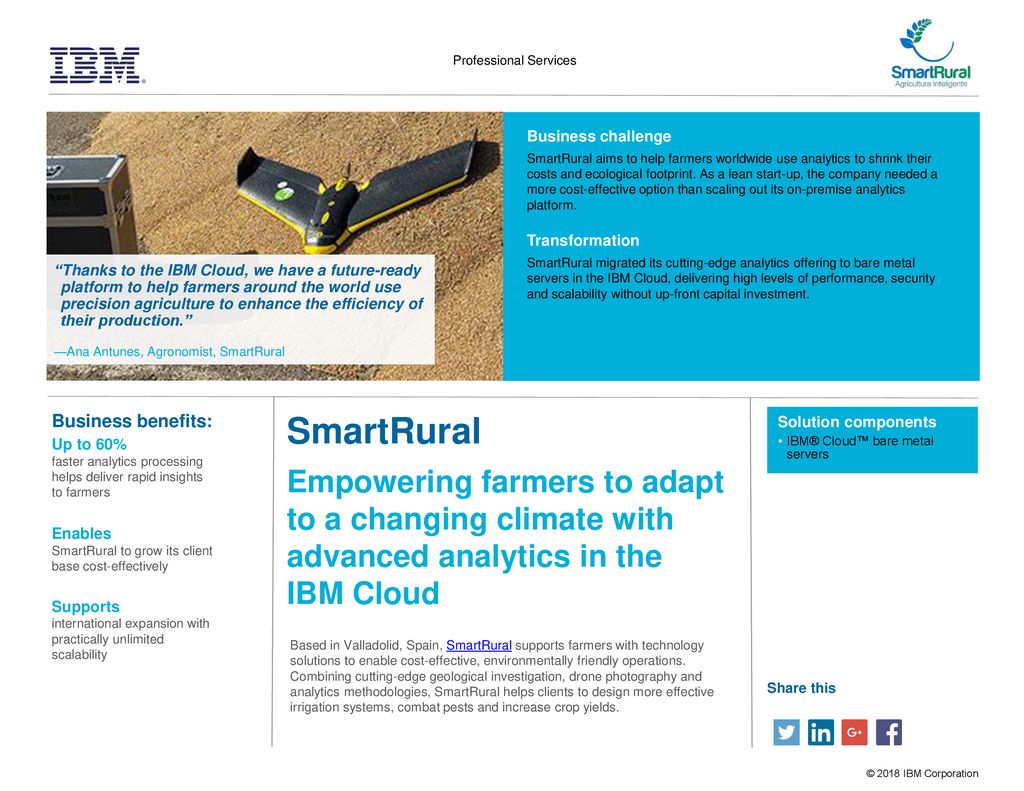Angiosperms (flowering plants) are the. - Usa Online Essays.
A formal classification was published alongside the 2009 revision in which the flowering plants form the Subclass Magnoliidae. The internal classification of this group has undergone considerable revision.
Angiosperms (flowering plants) are the largest Phylum in the plant kingdom Plantae. (Note that the Phylum Angiospermophyta may also be called Anthophyta or Magnoliophyta in different classification systems.) These plants have true roots, stems, leaves, and flowers.

DESCRIPTION OF THE PHYLUM ANGIOSPERMOPHYTA (BERRY 1915). INTRODUCTION TO THE ANGIOSPERMOPHYTA.. We usethe cladistic hierarchical classification of Judd et al. (2002) with some modification by APG II (2003) and APG III (2009).

Although the taxonomy of the angiosperms is still incompletely known, the latest classification system incorporates a large body of comparative data derived from studies of DNA sequences. It is known as the Angiosperm Phylogeny Group IV (APG IV) botanical classification system.

Angiospermophyta synonyms, Angiospermophyta pronunciation, Angiospermophyta translation, English dictionary definition of Angiospermophyta. n. A plant that produces flowers and fruit; an angiosperm.

Angiosperms (flowering plants) are the largest Phylum in the plant kingdom Plantae. (Note that the Phylum Angiospermophyta may also be called Anthophyta or Magnoliophyta in different classification systems.) Assignment details: Page 1 Angiosperms (flowering plants) are the largest Phylum in the plant kingdom Plantae. (Note that the Phylum Angiospermophyta may also be called Anthophyta or.

Classification 5.5.1 Outline the binomial system of nomenclature. Species are a group of organisms with similar characteristics which can interbreed and produce fertile offspring whereas a genus is a group of similar species. Species need an international name and so biologists name them using the binomial system of nomenclature.

US Custom Essay Service at Your Door Step!!! The global essay writing service delivering pro-quality help and secure experience to customers worldwide.

The vast majority of plants are Dicots. Most trees, shrubs, vines, and flowers belong to this group of around 200,000 species. Most fruits, vegetables and legumes come from this class. (Angiospermophyta is also called Anthophyta or Magnoliophyta) Flowering Monocot Plants (Angiospermophyta, Class Monocotyledoneae) Monocots start with one seed-leaf.

Trying to learn ? We can help! Memorize these flashcards or create your own flashcards with Cram.com. Learn a new language today.

Angiosperms (flowering plants) are the largest Phylum in the plant kingdom Plantae. (Note that the Phylum Angiospermophyta may also be called Anthophyta or Magnoliophyta in different classification systems.)These plants have true roots, stems, leaves, and flowers. The roots grow into the soil to anchor the plant in place and take up water and nutrients.

Like most subsequent classification systems it failed to distinguish between two major orders, Liliales and Asparagales, now recognised as quite separate. A major advance in this respect was the work of Rolf Dahlgren (1980), (85) which would form the basis of the Angiosperm Phylogeny Group 's (APG) subsequent modern classification of monocot families.

Disadvantages of division angiospermophyta. Angiosperms are poisonous. Some have thorns that prick to cause injury and others are weeds to crops. Table 1.1 Differences between monocots and dicots. END OF TOPIC QUESTIONS. (a) Describe the major type of classification (b) Work out the distinctive features of the coniferophyta division. 2.



